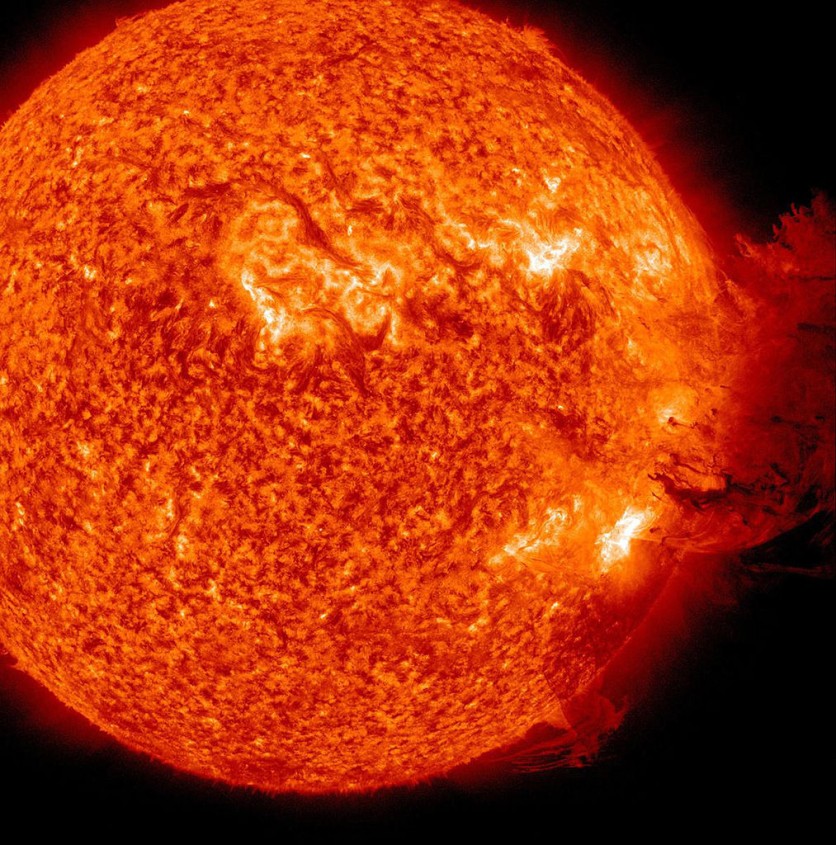China is poised to launch its first specially designed solar observatory into space this Sunday to aid in unraveling the secrets of the Sun, according to a recent story in Nature magazine.
The Advanced Space-based Solar Observatory (ASO-S) will feature three sensors that provide data on how the Sun's magnetic field affects coronal mass ejections (CMEs) and other eruptions.

Solving the Mysteries of CMEs
The energetic emissions of the Sun are caused by its magnetic field. However, it is still unclear how they are connected. ASO-S will simultaneously examine many wavelengths to link the eruptions to their underlying causes and pinpoint those sources.
Chinese researchers have dubbed ASO-S Kuafu-1 in honor of a giant from Chinese mythology who attempted to capture and tame the Sun. The tool's four-year mission will involve observing the Sun from an orbit 720 kilometers above the planet's surface.
ASO-S will concentrate on the basic physics of solar flares, CMEs, and their origins, which are high-energy bursts of radiation.
Some of the equipment utilized by the tool include a magnetograph to evaluate the magnetic field of the Sun, an X-ray imager to examine the high-energy radiation created by electrons accelerated in solar flares, and a coronagraph to observe the plasma produced by flares and CMEs.
As a result, ASO-S will look into the middle corona, where solar storms develop in the ultraviolet, for the first time. This groundbreaking project will provide fresh insights into the CME's origins.
"World's Largest Array of Telescopes"
The ASOS-S project is not the first to give substantial attention to CMEs. In August, China was reportedly constructing the largest array of telescopes in the world to study Sun explosions.
The Daocheng Solar Radio Telescope (DSRT) will also aid researchers in understanding coronal mass ejections. It is being built on a plateau in the southwest Chinese province of Sichuan.
Once the project is complete, the enormous array of solar radio telescopes will have a circumference of 1.95 miles (3.14 kilometers). It is also equipped with 313 dishes with a diameter of 19.7 (6 meters).
Large CMEs are more likely to develop now since the Sun is presently in the active phase of its 11-year solar cycle.
The large solar storm Carrington Event raged the space back in September 1859, a few months before the solar maximum took place in 1860.
In March of 2021, we went through a G3 storm, which is a fairly typical storm. However, even a G2 can do a lot of harm. SpaceX proved this in February when it lost 40 satellites after a solar storm.
According to a study, there is an annual average 4% probability of a major solar storm and a 0.7 percent chance of another Carrington event.
However, according to the experts, a super-storm could occur more frequently than we believed, indicating that it could occur at any time.
Related Article : 'Portrait of the Sun:' World's Most Powerful Solar Telescope Snaps The Face of the Sun in Crisp Detail
This article is owned by Tech Times
Written by Joaquin Victor Tacla
ⓒ 2025 TECHTIMES.com All rights reserved. Do not reproduce without permission.




